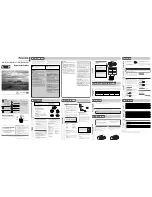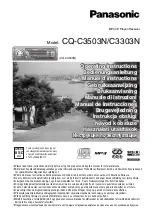
Introduction
Instruction Manual: Professional Receivers and Decoders (IRD)
Page 1-3
ST.TM.TT1220.1
1.1
Scope of This Manual
1.1.1
Who Should Use This Manual
This manual is written for operators / users of the TANDBERG TT1220
range of professional receivers and decoders. It describes the unit’s
functions and operation. The manual is written to assist in the installation
and day-to-day care and operation of the unit. Maintenance information
requiring the covers to be removed is not included.
CAUTION…
Removing the covers of this equipment may invalidate the warranty.
1.1.2
What This Manual Describes
Identifying The Equipment
The receivers and decoders described in this manual are the base models.
These are designated by the marketing numbers:
M2/TT1220CIF/xxx for the common interface version
M2/TT1220NDS/xxx for the NDS VideoGuard version
TT1220 IRD
Digital Vide o
Broadc asting
TANDBERG
R
MPEG- 2
Figure 1.1: TT1220
The type of unit can be identified as follows:
•
The TT1220 common interface version has a common interface slot at
the rear, below and right of the QPSK or ASI input. The common
interface module has to be inserted first, before a smart card may be
inserted.
•
The TT1220 NDS VideoGuard version has a smart card reader slot at
the rear, below and right of the QPSK or ASI input. A NDS VideoGuard
smart card may be inserted directly into the unit.
1.2
Summary of Features
1.2.1
Main Features
All Models
The receivers and decoders are fully compliant with the appropriate
sections of the MPEG-2
1
and DVB-S
2
specifications.
1
Moving Pictures Expert Group: MPEG-2 specification ISO 13818.
2
European Digital Video Broadcasting (DVB) Project. EN 300 421 Digital broadcasting systems for television, sound
and data services: Framing structure, channel coding, and modulation for the 11/12 GHz satellite service.












































